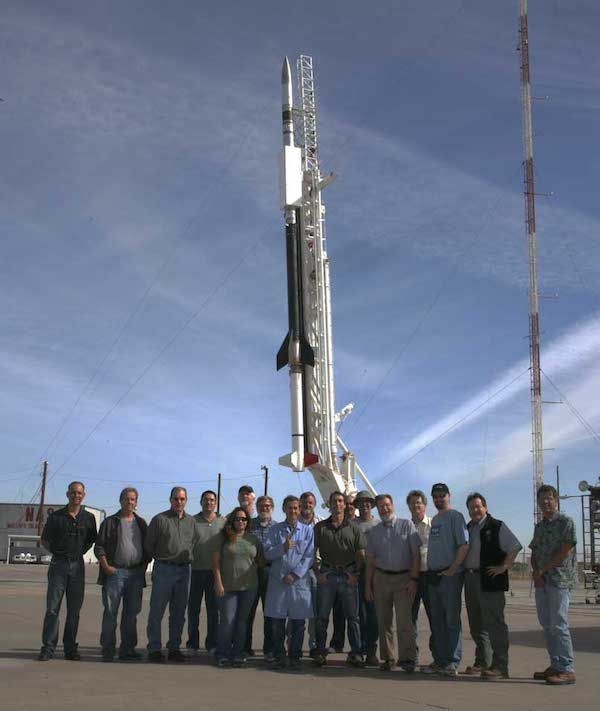Extreme Ultraviolet Normal Incidence Spectrograph (EUNIS)
Launch Date:
April 2006
The Extreme Ultraviolet Normal Incidence Spectrograph (EUNIS) sounding rocket instrument is a two-channel imaging spectrograph that observes the solar corona with high spectral resolution and a rapid cadence made possible by unprecedented sensitivity. EUNIS flew for the first time on 2006 April 12 (EUNIS-06), returning over 140 science exposures at a cadence of 2.1 s; each exposure comprises six 1K x 1K active pixel sensor (APS) images. Analysis of EUNIS-06 data has so far shed new light on the nature of coronal bright points, cool transients, and coronal loop arcades and has enabled calibration updates for TRACE and SOHO's CDS and EIT. EUNIS flew successfully again on 2007 November 6 (EUNIS-07). Because the APS arrays were operated in video rather than snapshot mode, a faster cadence of 1.3 s was possible (97% duty cycle), resulting in 276 science exposures. Another launch in late 2017 is planned.
Key Staff
- Principal Investigator: Adrian Daw

